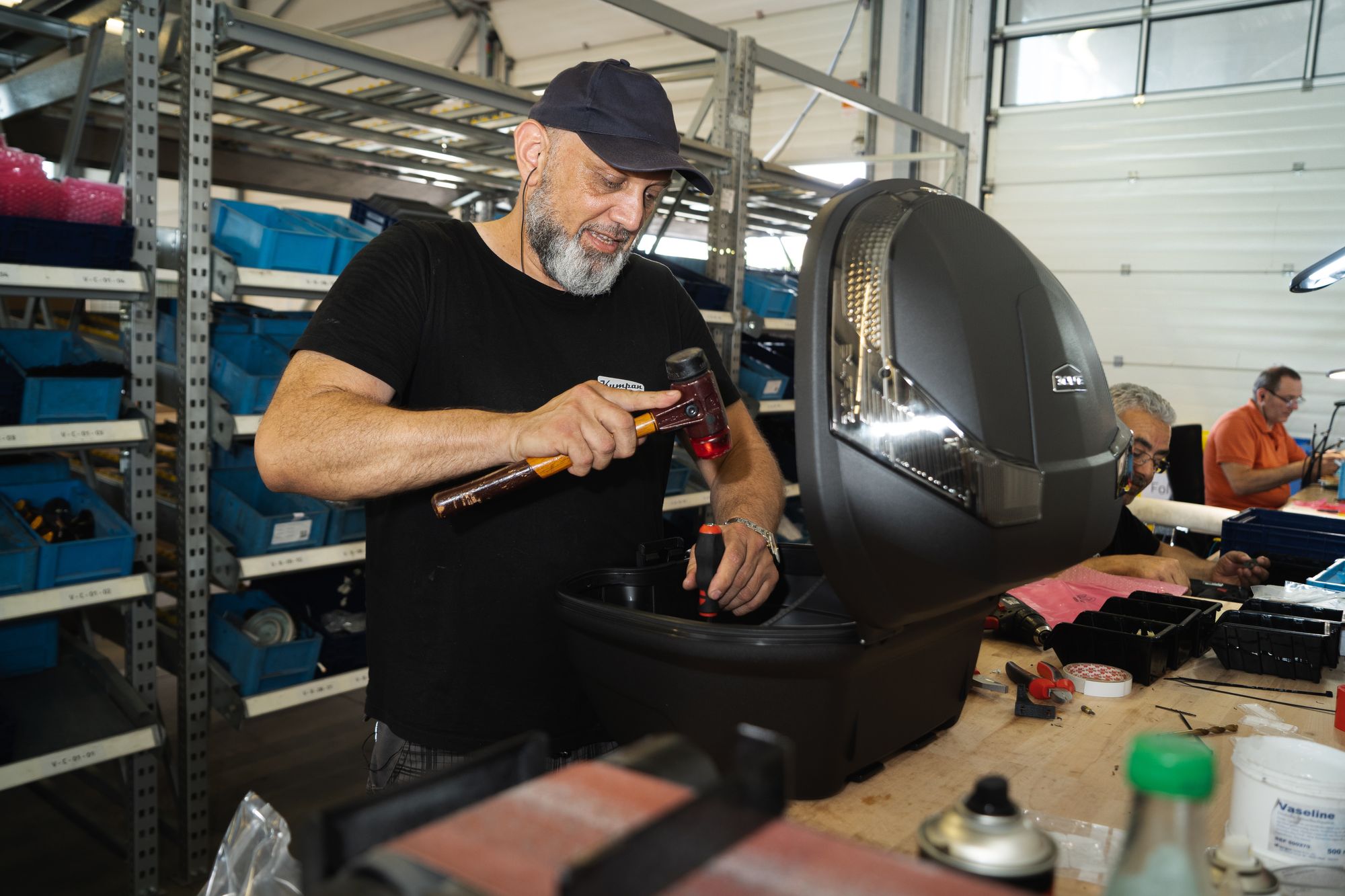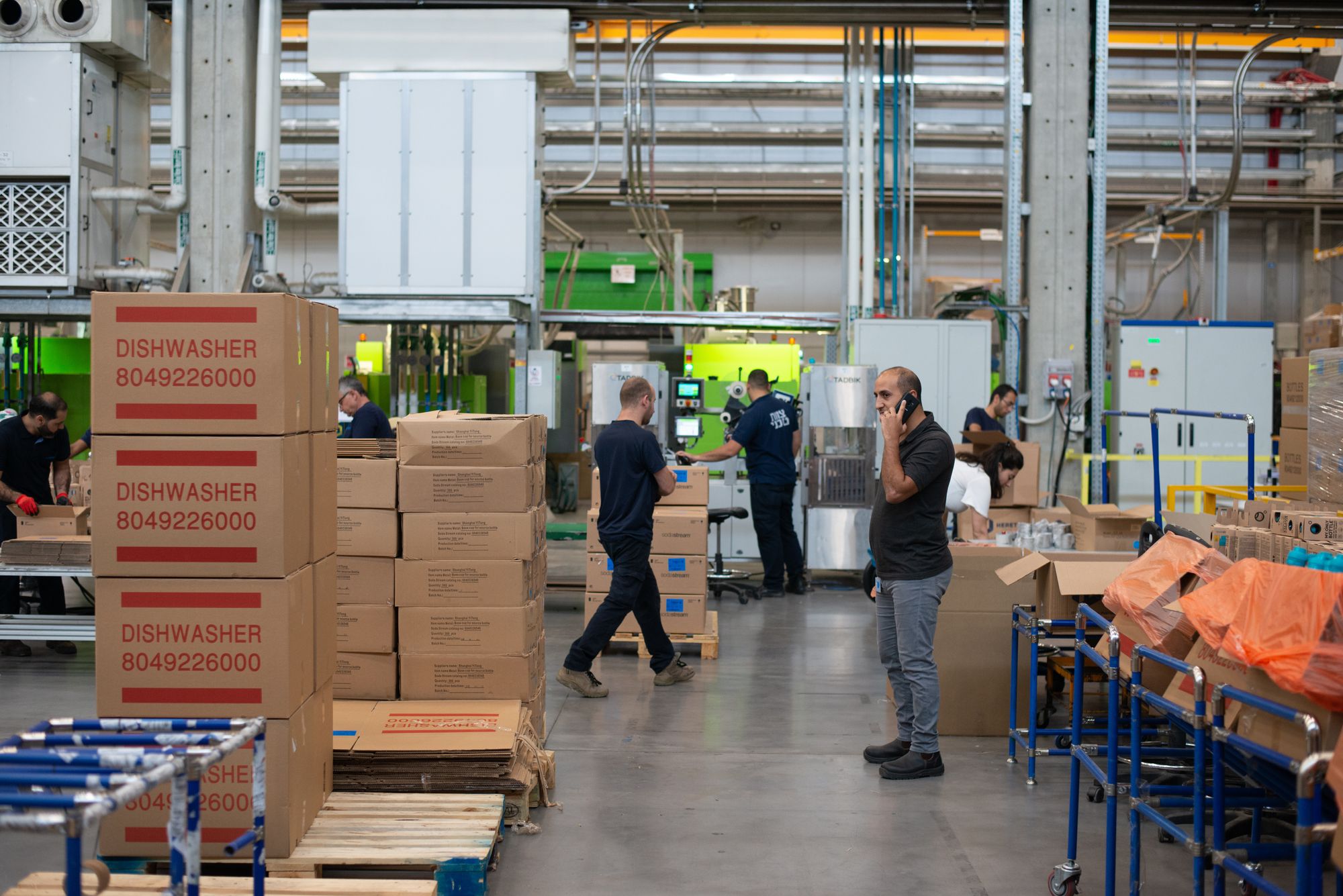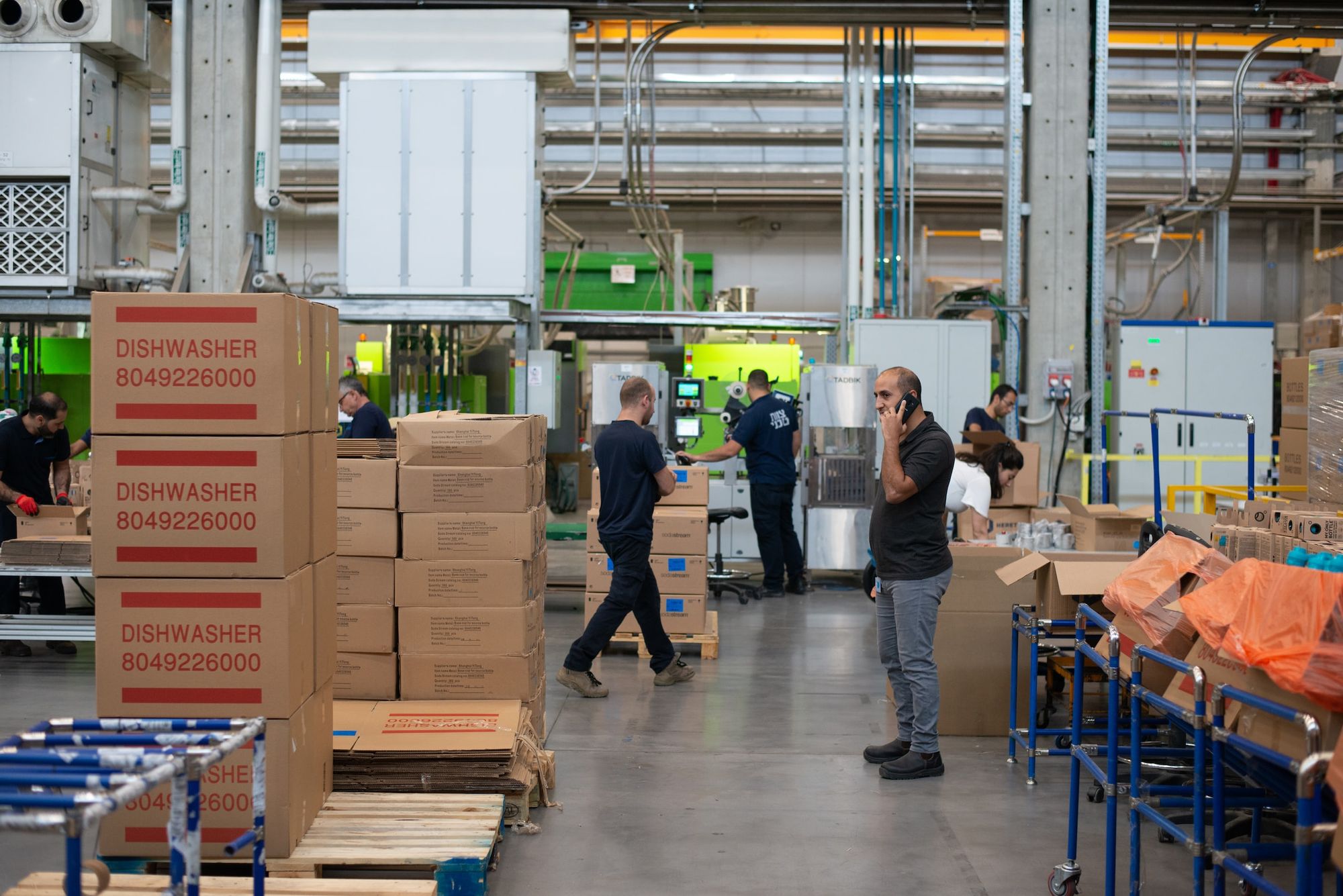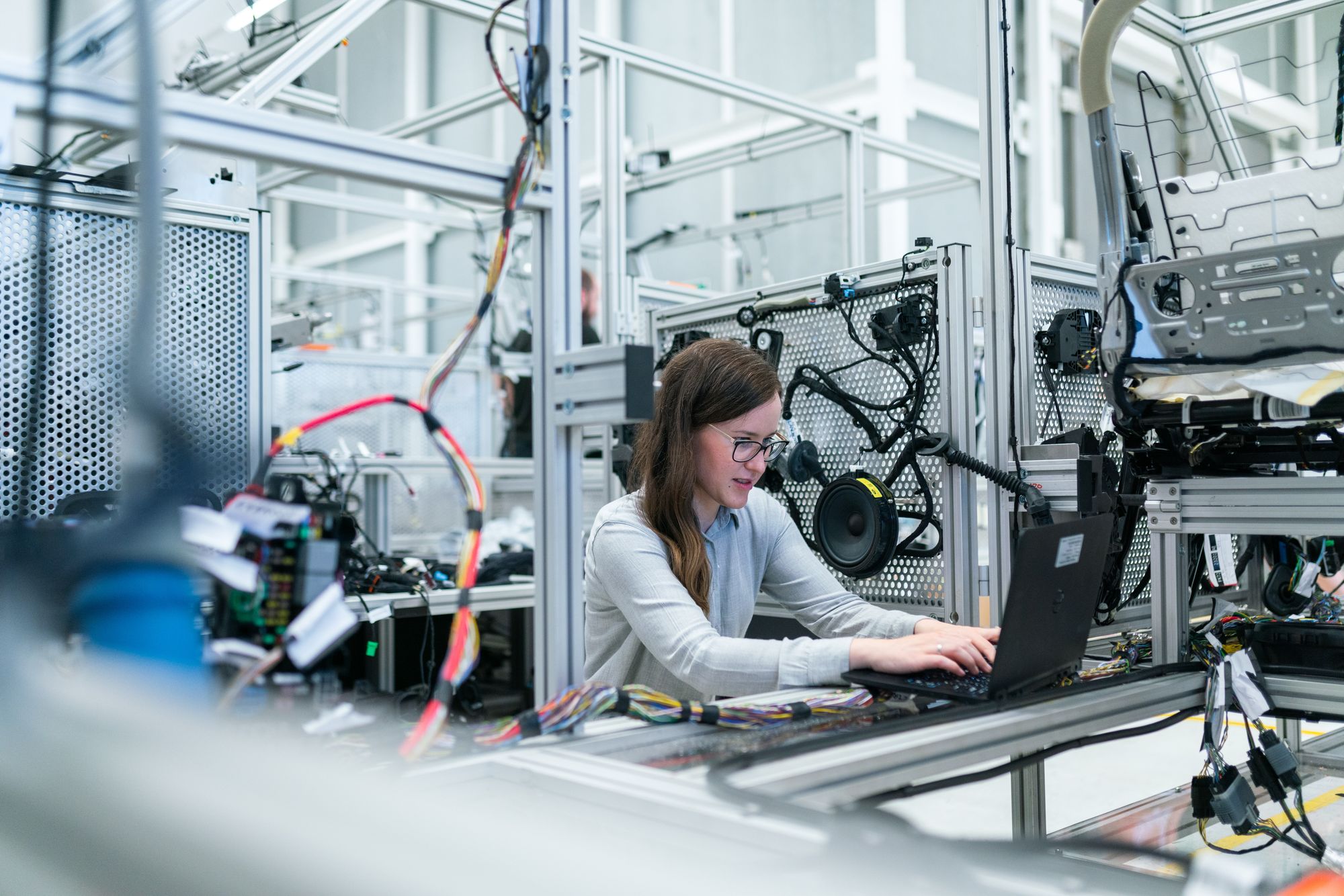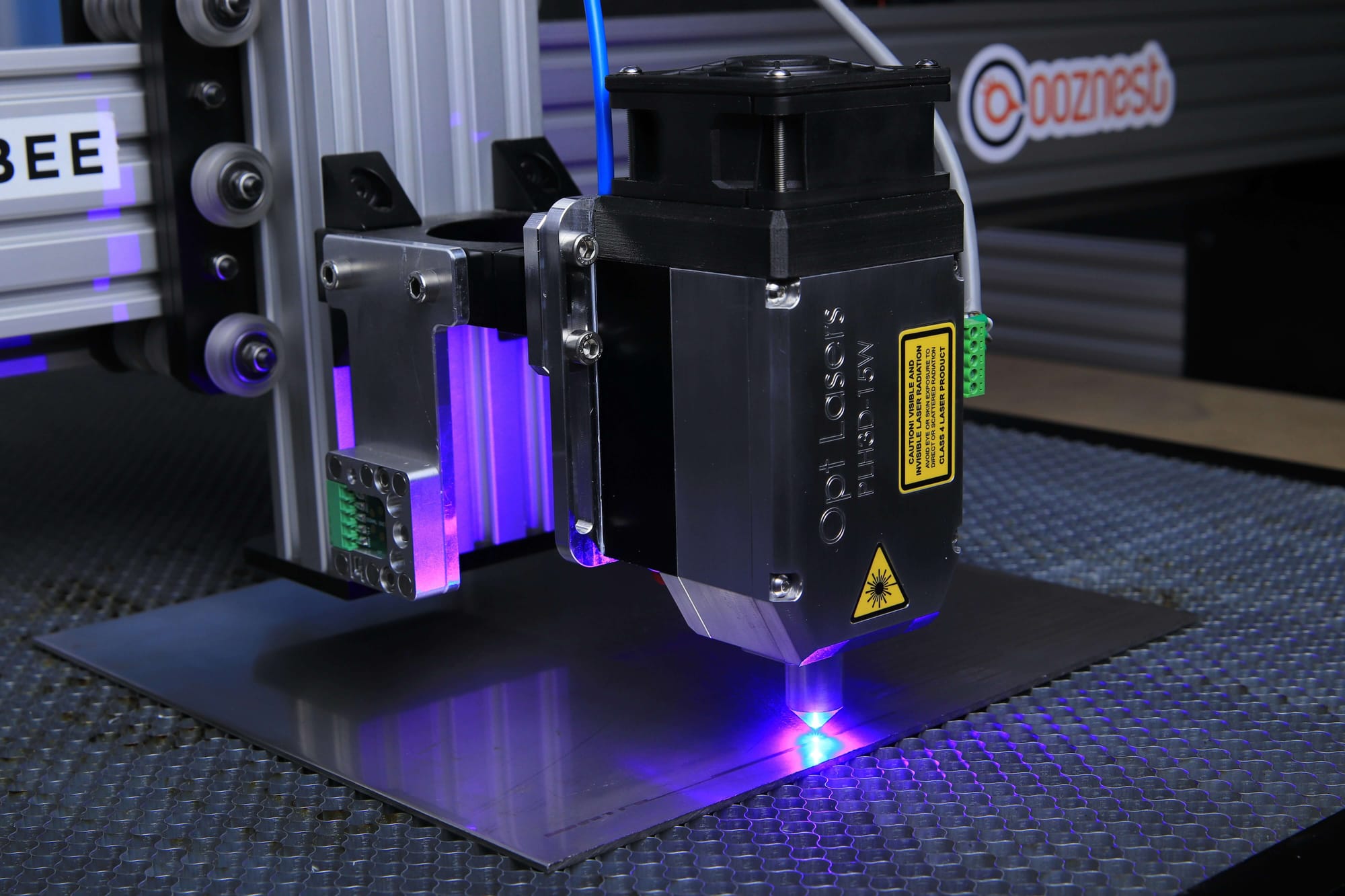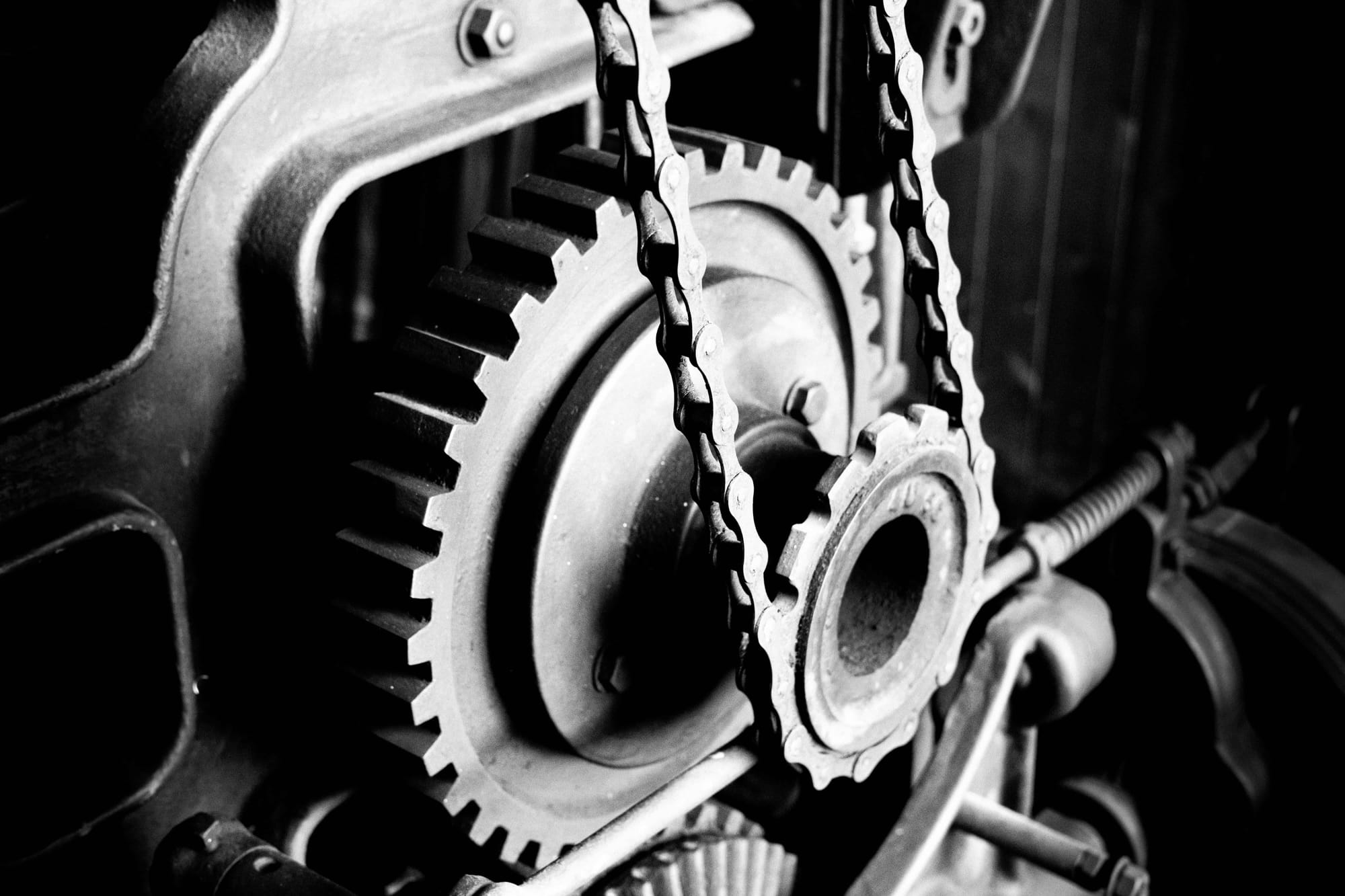You would be surprised to learn that the average cost of a production stoppage due to an ineffective production cycle could be $50,000 per hour. Also, an effective production cycle can reduce overall production costs by up to 20%.
Understanding the production cycle in manufacturing is important because it helps ensure that goods are produced efficiently, cost-effectively, and safely. It also enables manufacturers to identify areas where improvements can be made and helps them plan for future production needs.

Furthermore, it helps manufacturers to identify and address any problems that arise during the production process. Thus, helping to ensure a smooth and successful production process.
This article addresses the most significant aspects of a production cycle.
- Definition of Production Cycle
- Overview of the Production Cycle
- Stages of the Production Cycle
- 4 Benefits of a Production Cycle Analysis
- Challenges of a Production Cycle Analysis
- MRP and ERP for Efficient Production Cycle Management
- Conclusion
- How can Deskera Help You?
- Key Takeaways
- Related Articles
Definition of Production Cycle
The production cycle is the sequence of production steps that a product or service goes through from its planning to its delivery to the customer. It includes the steps of product design, production planning, raw material sourcing, manufacturing, quality control, packaging, and distribution.
Overview of the Production Cycle
The production cycle is the process of converting raw materials into finished products. It involves several steps, including planning, sourcing materials, manufacturing, quality control, packaging, distribution, and customer service.
Each step of the production cycle is essential to ensure the product meets the customer’s expectations.
There could be few more steps added or some removed from the typical process. Yet, the production cycle in manufacturing typically includes the following steps:
- Designing
- Planning
- Procurement
- Sourcing materials
- Manufacturing
- Quality Control
- Packaging and Shipping
- Distribution
- Customer Service
Let’s learn about each step in detail in the next section.
Stages of the Production Cycle
The stages of the production cycle in manufacturing can vary significantly from one business to another depending on the type of products and services being produced, the complexity of the production process, and the scale of the operation.
For example, a company producing a single product may only have a few stages in the production cycle, such as design, fabrication, assembly, testing, and packaging. A company with multiple product lines may have a much longer production cycle with additional stages, such as quality control, inventory management, and distribution.
Yet, certain types of businesses may require additional stages, such as marketing and customer service.
The different stages of the production cycle can be described as follows:
Designing
The Designing Stage of the Production Cycle in manufacturing is the initial step in the creation of a product. This stage involves creating product specifications, choosing materials and components, and developing a plan for the production process. It also includes creating a prototype and testing it to ensure that the product meets the requirements established in the design specifications.
During this stage, the design team may consult with engineers, suppliers, and other stakeholders to ensure that the product is designed correctly and meets the customer's needs and expectations.
Additionally, the design team may have to adjust the product or the process to meet cost and time constraints.
Planning
Planning is the next step in the production cycle. This involves determining the product’s design, materials, and other requirements. It also includes setting production timelines, budgets, and goals.
It also involves organizing resources, equipment, facilities, and personnel to create a plan for producing goods and services. It involves the mapping out all the steps necessary to complete the production process, from raw materials to finished goods.
This stage typically involves identifying the most efficient and cost-effective methods for completing the production process and estimating the amount of time and resources needed to complete the job.
It is important to consider the quality of the end product when creating the plan and any safety or environmental regulations. The planning stage also involves gathering the necessary resources and personnel, such as raw materials, equipment, and skilled labor. As a result, effective raw material management is also essential.
Procurement
The procurement stage of the production cycle in manufacturing is the process of buying the necessary materials, components, and services needed to complete the production process. This includes locating vendors and suppliers, issuing purchase orders, negotiating prices, and ensuring that the materials, components, and services meet quality standards.
The procurement stage also involves tracking and monitoring the delivery of the materials, components, and services to ensure that they are received on time and in good condition. This stage of the production cycle is critical for ensuring that the production process runs smoothly and without delays.
Sourcing Materials
Once the product design is finalized, materials must be sourced from suppliers. This involves researching the best quality and most cost-effective materials and negotiating with suppliers.
The sourcing stage also involves procuring the necessary raw materials, components, and other resources that are needed for the manufacturing process.
This stage aims to identify the suppliers and vendors, negotiate for the best cost and quality, and establish a reliable supply chain.
This stage is essential for the successful completion of the manufacturing process as it ensures that the necessary materials are available at the right time, in the right quantity, and of the right quality.
Manufacturing
During the manufacturing phase, the materials are transformed into the finished product. This includes machining, assembly, and any other processes required for production.
During this stage, the materials are transformed into usable products by way of various processes such as cutting, molding, assembling, and welding. Depending on the product, these processes may involve the use of specialized equipment, machines, tools, and even robotics.
Quality Control
Quality control is an essential step in the production cycle. This involves inspecting the product to ensure it meets the specifications and is free from defects.
This is the last stage before the product is released to the public. During this stage, the product is tested and inspected to ensure that it meets the desired quality standards of the company.
Quality control can be done through a variety of methods such as visual inspection, dimensional measurements, functional testing, and laboratory testing. It is important to have an effective quality control process in place in order to ensure that the products being released are safe and of the highest quality.
Packaging and Shipping
The packaging and shipping stage of the production cycle in manufacturing is the final step in the production process. At this stage, the finished product is prepared for shipping to the customer. This includes packaging the product into boxes or other containers, labeling the product, and arranging for its transportation.
The product must meet all the necessary regulations, such as product safety requirements, and be ready for shipment. During this stage, the necessary paperwork is also completed to ensure that the product is delivered on time.
The packaging and shipping process must be done correctly to ensure that the product is not damaged during transit and that the customer receives the product in a timely manner.
Distribution
The Distribution stage of the Production Cycle in manufacturing includes the activities necessary for getting the finished product from the production facility to the customer. This includes activities such as inventory control, packaging, shipping, and transportation.
During this stage, manufacturers must ensure that the product is properly packaged and labeled, and that it is shipped to the customer in a timely manner.
Additionally, manufacturers must track and manage the inventory levels and ensure that they have the correct number of products to meet customer demand.
Customer Service
Once the product is delivered, customer service is essential. This includes providing technical support, handling customer complaints, and resolving any issues with the product. This stage typically involves customer service representatives who are responsible for providing technical assistance to customers, handling customer inquiries, and resolving any issues that may arise during the installation process.
Additionally, customer service may provide training and education on how to use and maintain the product, as well as provide after-sales support.
By following each step of the production cycle, companies can ensure the product meets the customer’s expectations and is delivered on time.
4 Benefits of a Production Cycle Analysis
There could be various benefits of analyzing the production cycle depending on the type of product. The prime benefits its analysis offer are enlisted as follows:
- Improved operational efficiency: Production cycle analysis can help identify areas of inefficiency, allowing managers to take corrective action and streamline operations. This can help reduce costs and improve productivity.
- Enhanced customer satisfaction: A production cycle analysis can help identify customer needs and provide insight into how to best meet them. This can help improve customer satisfaction and loyalty.
- Improved decision-making: By providing an overview of current processes, a production cycle analysis can help managers make better decisions. This can help ensure the most effective use of resources and the best results for the company.
- Reduced waste: By identifying areas of waste and inefficiency, a production cycle analysis can help reduce the amount of materials, energy, time, and money wasted. This can help reduce costs and improve profitability.
Challenges in Production Cycle Analysis
Every business process is bound to have some challenges and struggles. The involved organizations must learn about these before embarking on the manufacturing journey.
- Lack of Data: One of the biggest challenges of performing a can production cycle analysis is the lack of data about the production process. It can be difficult to obtain accurate and detailed data about the production process, the production costs, and the quality of the final product.
- Inaccurate Data: Even if data is available, it can be difficult to assess the accuracy of the data. Without accurate information, it is impossible to get an accurate picture of the can production cycle.
- Complexity: Production cycles can be quite complex, involving many different steps and processes. It can be difficult to analyze each step and its impact on the overall production cycle.
- Cost: Performing a production cycle analysis can be expensive, as it requires research and analysis of data. This can be a significant challenge for smaller organizations with smaller budgets.
MRP and ERP for Efficient Production Cycle Management
MRP (Material Requirements Planning) can assist in production cycle management by helping to plan out the materials and resources needed for production. It can also assist with planning and scheduling production activities.
MRP also helps to identify potential bottlenecks in the production cycle and can suggest ways to streamline production processes. MRP also helps to monitor inventory levels and can alert production managers to any shortages or overages in the production cycle. Finally, MRP can help to identify any late deliveries or any other issues that may arise in the production cycle.
Enterprise Resource Planning (ERP) software can help a manufacturing company improve its overall efficiency, productivity, and profitability. It can automate processes, reduce manual labor, and help manage the business’s resources.
ERP can also help streamline operations, improve communication, and provide real-time visibility into inventory levels and production schedules. An ERP system can also provide analytical tools to help manufacturers make data-driven decisions, improve product quality, and reduce costs.
Implementing both these systems can result in positive outcomes for your business. MRP aids your manufacturing processes and the ERP takes care of the enterprise-wide operations.
Conclusion
The production cycle is a critical part of any business. It helps to ensure that goods and services are created and delivered efficiently and effectively. By understanding the different stages of the production cycle, businesses can create more efficient and effective production processes. A well-planned and managed production cycle can help to improve efficiency and profitability, leading to greater success.
How can Deskera Help You?
Deskera's cloud-based ERP and MRP solutions can benefit a manufacturing organization in a variety of ways. It can help you see and handle your inventory, production schedules, costs, and other resources.
The system provides the following main functions:
- Track raw materials and finished goods inventory
- Manage production plans and routings
- Maintain bill of materials
- Generate detailed reports
- Create custom dashboards
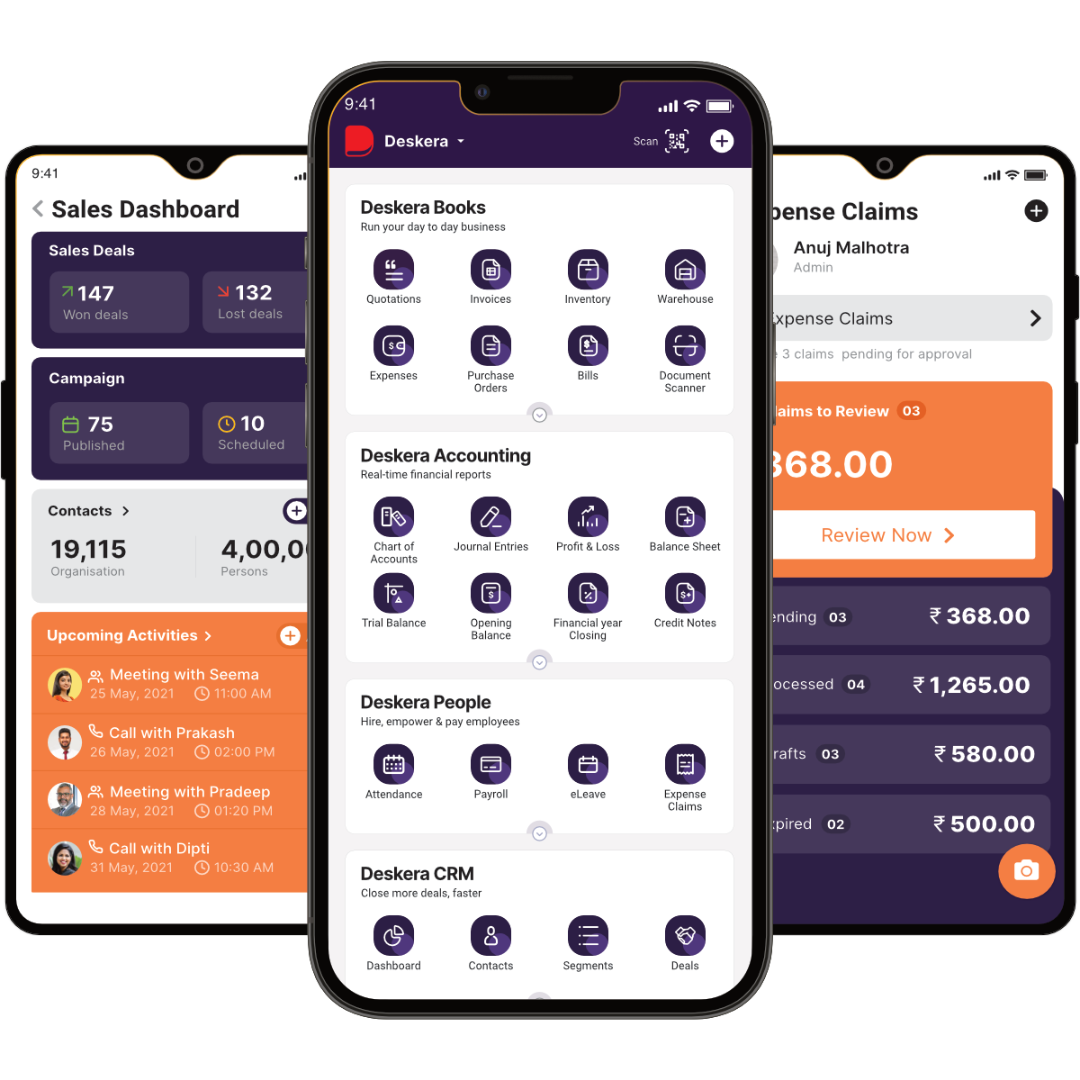
Deskera Books is accounting software that assists small businesses with the management of their finances and accounts. It is a cloud-based system that can be accessed at any time and from any location.
Employee onboarding, leave and shift management, time and attendance monitoring, payroll processing, benefits administration, and other features and capabilities are available through Deskera People. The system assists businesses in managing their HR operations more efficiently.
Deskera CRM is a full-service customer relationship management (CRM) solution that helps organizations of all sizes manage their client interactions more effectively. The platform supports contact management, marketing automation, sales and customer service tracking, and integration with other business systems.
Key Takeaways
- Understanding the production cycle in manufacturing is important because it helps ensure that goods are produced in an efficient, cost-effectively, and safely.
- The production cycle is the sequence of production steps that a product or service goes through from its planning to its delivery to the customer.
- The production cycle is the process of converting raw materials into finished products. It involves several steps, including planning, sourcing materials, manufacturing, quality control, packaging, distribution, and customer service.
- Production cycle analysis can offer several benefits. These include improved decision-making, better operational efficiency, and enhanced customer satisfaction.
- Lack of data and inaccurate data are among the primary challenges in analyzing your production cycle. Also, the process could be costly and complicated.
- Implementing both these systems can result in positive outcomes for your business. MRP aids your manufacturing processes and the ERP takes care of the enterprise-wide operations.
Related Articles

